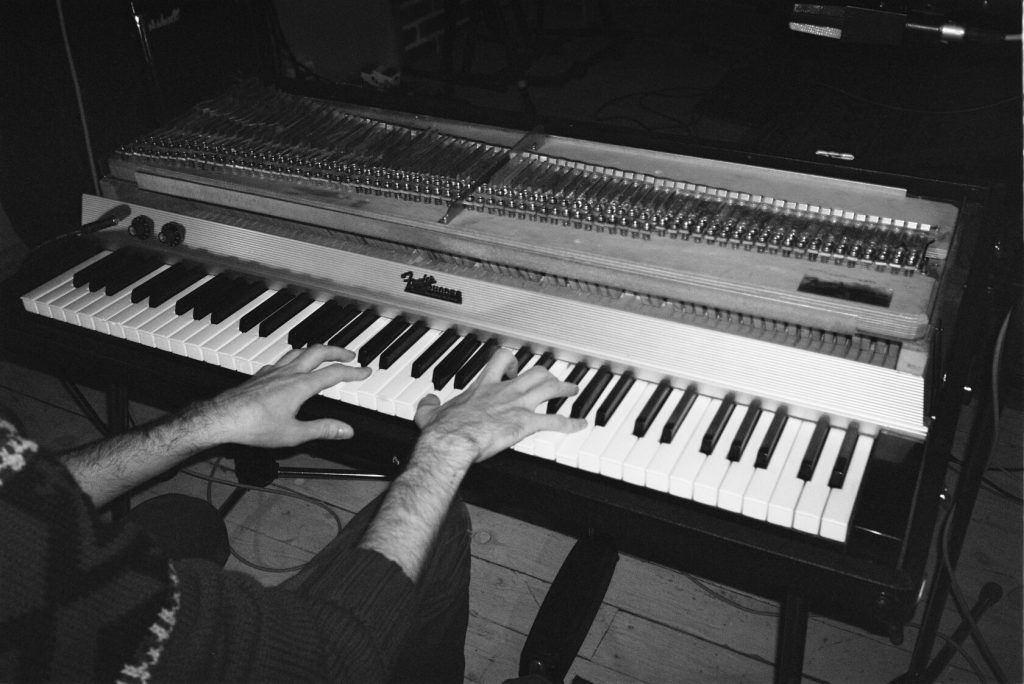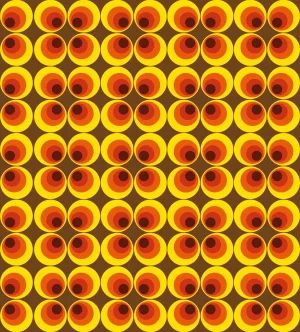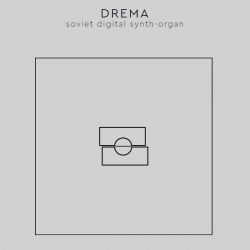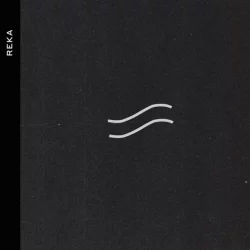Tayna concentrates on a slightly unusual, quiet and mysterious side of a well known electro-mechanical tine piano’s sound.
The sound that would not provoke, but instead, with every note you play, it would calmly tell you a secret, after listening to which you would want to settle down under a blanket, dim the light and think about what you have just heard.
Tayna was recorded through 4 mics and also ran through the vintage Studer tape recorder for a warmer, natural and less sterile sound.
$69.00
Electro-mechanical tine piano in the shape of TAYNA.
In this third plugin we continued to adhere to the concept adopted at the very beginning of our adventure: to release the most natural instruments without unnecessary functionality.
We also decided to concentrate on a slightly unusual, quiet and mysterious side of the famous electro-mechanical tine piano’s sound.
The sound that would not provoke, but instead, with every note you play, it would calmly tell you a secret, after listening to which you would want to settle down under a blanket, dim the light and think about what you have just heard.
The instrument itself was found at a Minsk recording studio.
We were immensely happy that it was made in 1970.
The very first electro-mechanical tine piano appeared on a market much earlier, but if its popularity in the 50s and 60s can be compared with an unblown bud, then it was in the 70s when this bud turned into a proper attractive flower (we imagine it to be orange or yellow as a lot of things in the 70s).
The classic sound of an electro-mechanical tine piano which has 4 audio lines:
For the first one we used the Roeyer ribbon and the Neumann tube microphones to record the sound of the piano that went through the classic Fender tube combo amplifier from the 60s and the classic tube preamps by Universal Audio and Chandler Limited.
For the second line the sound of the piano went straight to the Neve 1073 preamp followed by the 1176 compressor by Universal Audio.
The third line is acoustic one. It is a close up of the piano that was recorded by vintage AKG microphones and a Soviet ribbon microphone. As a result we have sound that is rustling, soft and intimate.
The fourth line is a room line. We could also name it ‘a Russian room line’, because after we caught the sound with stereo ribbon microphones that was made by a master from Bashkortostan we then passed it through Russian clone preamps of the 1073 Neve preamps. Eventually, we created the sound that works as a perfect addition to all the other lines, bringing volume and presence, but at the same time no sense of reverb.
2nd version.
You might be slightly overwhelmed by the amount of tubes that were used in this version. We balanced all the sound lines to our taste by connecting them into one and passing it all through a long chain of analog tube equipment that consists of 3 compressors, a limiter, an analog filter, a tube EQ and a tube distortion. At the very end the sound also went through the Studer A810 tape recorder.
There is a sound designed X slider in both versions. All its sounds are based on the original electro-mechanical tine piano samples. We used a lot of cassette tapes, eurorack modules, guitar pedals and other analog equipment.
There are 2 patches: the original sustain and the stylized sustain.
The sound of the original sustain is reminiscent of the warmth of a fireplace. But this fire is not the one that burns recklessly and not the one from the look at which you would like to start dancing. It is rather a gentle flame that needs to be constantly kept alive. You would only feel the warmth from it if you are close enough – just at that distance so that this fire could tell you a secret, or in Russian – ‘tayna’.
The sound is rustling, soft and intimate. The Fender tube combo amplifier that we used was quite old (while still sounding great) and because of that on some notes you can spot shaking of the frame and lamps, which we decided not to eliminate as we perceive it as an additional color that could be called ‘a noise from the past’ and definitely not ‘a flaw’.
The stylized sustain. Imagine, that you are hovering in outer space. It is happening not today or yesterday, but at some point in the 70s (it is important). There is only darkness around you, and there is only the sun before your eyes. But although the sun is very far away, its light still warms. Even when you closes your eyes, you feel the warmth on the drooping eyelids and it makes you feel not so lonely anymore. The designed sustain’s sound can easily describe your inner state at that particular moment. It is mysterious, dark, very saturated with harmonics and even a little growling in places.
It is also important for us to emphasise that all the sounds and processes used in sound design are completely analog. We did not use a single VST plugin and we are very happy about it.

We always aim to make all instruments sound as lively as it can be. So when you try to process your recorded samples as little as possible to keep them natural, it intuitively becomes very important how they are played, as well as the atmosphere in which they were recorded. In this regard, it’s important to note that both guitars were played by a wonderful musician and our good friend Victor Pshanichny. The feeling of trust based on our long-standing friendship, which was constantly present in the studio during the recording process, undoubtedly reflected in the quality, character and naturalness of the sound of WREMENA.
When we hear the sound of the electro-mechanical tine piano, we hear the 1970s. Despite the fact that the instrument itself was invented long before that time, it was in the 70s that it gained the greatest popularity. That is why it was this exact decade that served as the inspiration for the plugin’s color palette and design. The subdued light of a lava lamp, wallpapers with the symmetric and flowing patterns and clothes of orange-yellow-brown shades are the perfect match for the warm and cozy sound of this piano.

You must be logged in to post a review.


Evan (verified owner) –
A plugin that produces great unique sounds and is very easy to use. It’s worth buying it, I had no problems.
Brock H. (verified owner) –
This gets the Rhodes’ vibe better than any VST I’ve ever heard. Instant soul infusion for any track.
jared Skinner (verified owner) –
nice
Anonymous (verified owner) –
Love it, beautiful sounds! I use a lot of “reverse” to make cool pads